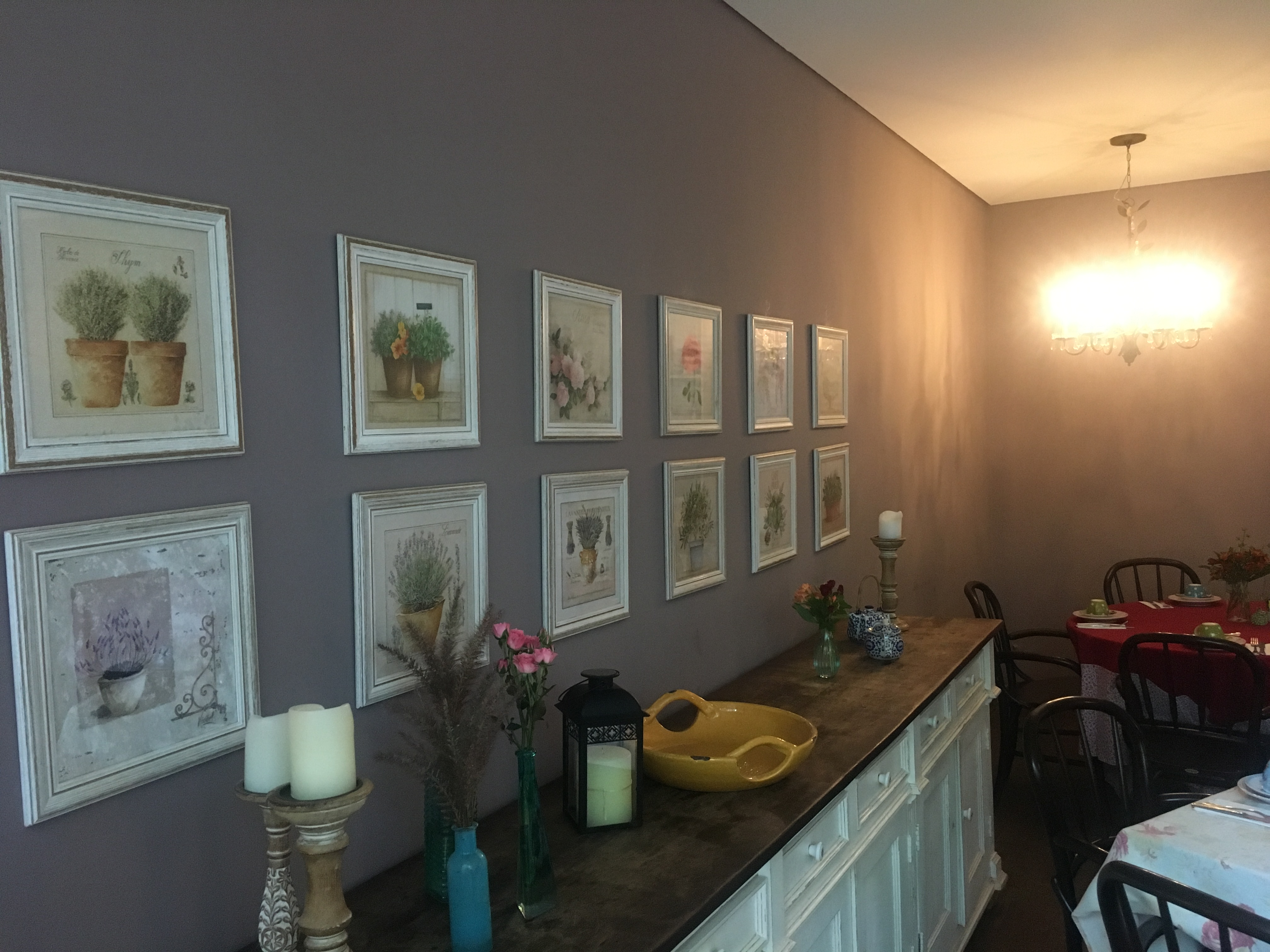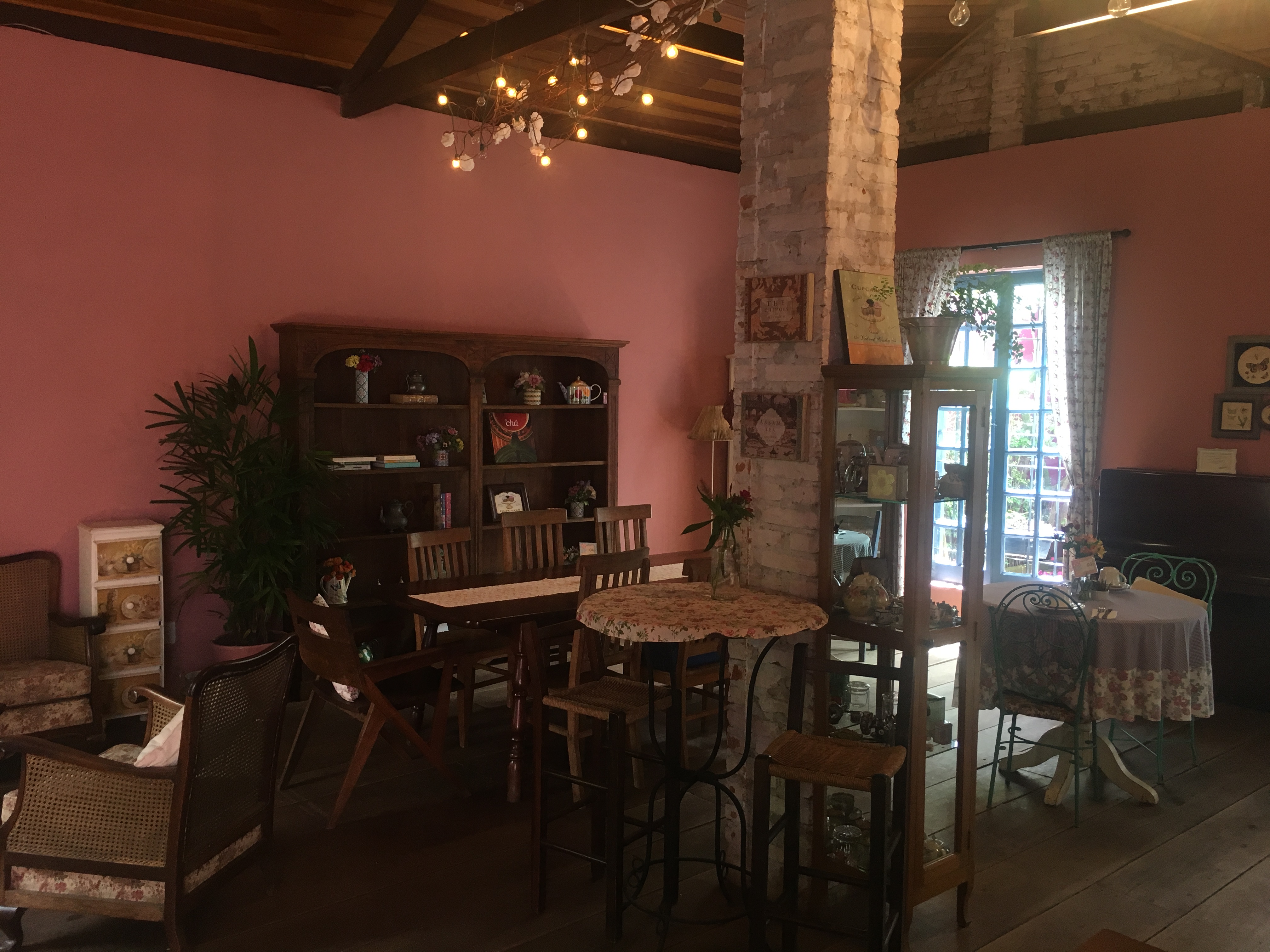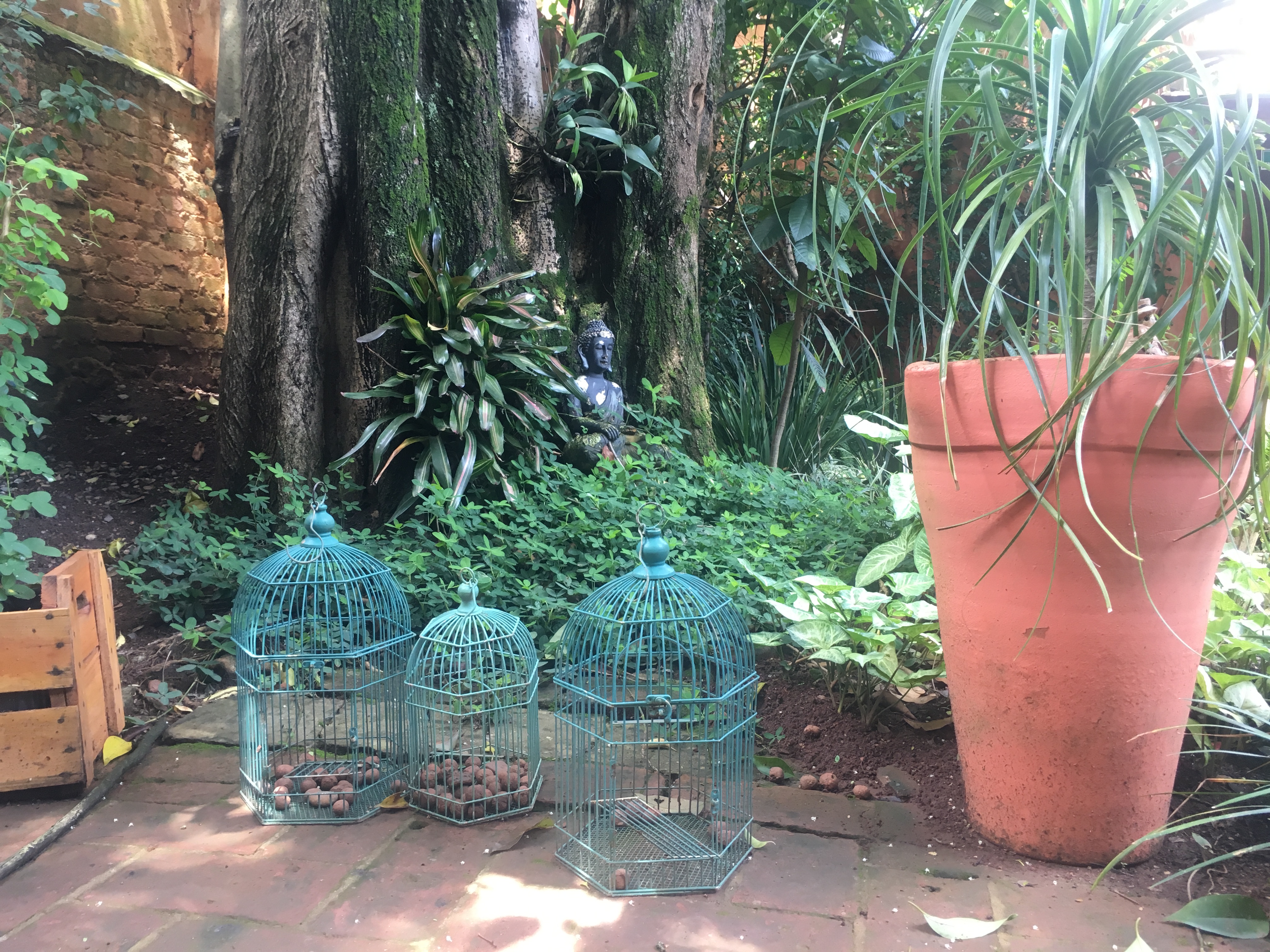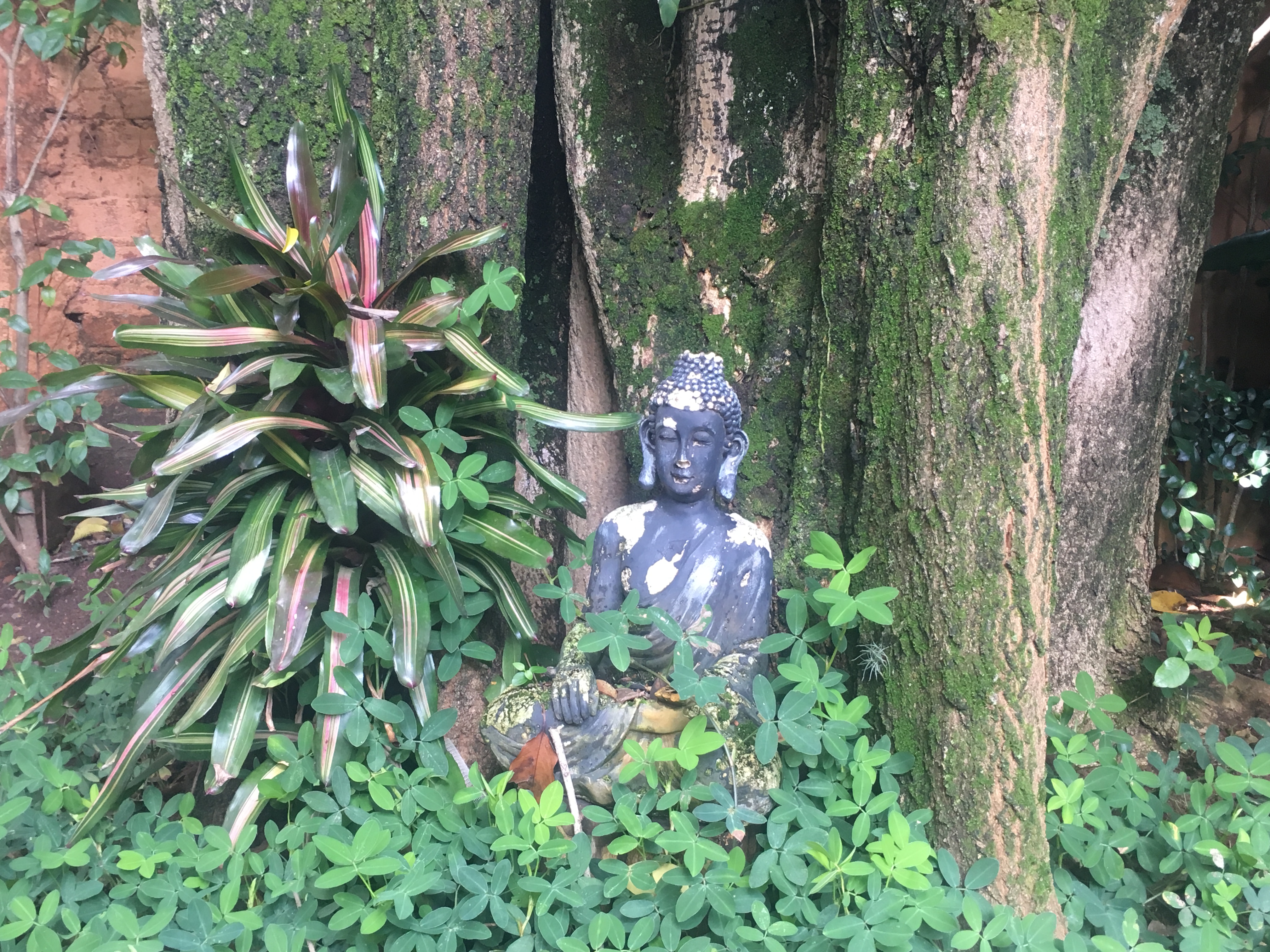Teakettle, a tea shop in São Paulo, is the first establishment to receive the products, which can already be purchased through their website
The Grão Especial team went to Teakettle www.teakettle.com.br, a teahouse located in the south-zone of São Paulo, which is led by the “tea sommelier”, Sylvia Florinda Pereira, for a first tasting of these orthodox teas from India.
The place could not be more appropriate. Teakettle is the coziest teahouse in town. Everything is special and designed so that its clients have a unique experience, where it is possible to taste more than 100 tea blends, coming from several producing regions scattered all over the world.
In addition to managing Teakettle, Sylvia is a pharmacist and has studied biology and biodynamic agriculture, she also has a degree in phytotherapy and aromatherapy, and has taken several tea specialization courses in France (L’École du Thé). In addition, she has worked for more than 10 years in the acknowledged German laboratory, Weleda.
The day we were there, we were accompanied by the Indian miner Alick Nilesh Barreto from Advantage Brics, www.advantagebrics.com.br, and his partner, Victor Melão.
“India has introduced to the world things like Yoga and Ayurveda. Orthodox teas from India are produced in distant regions, on mountain slopes up to 2000 meters high. Thousands of small producers, the vast majority of them women, manually harvest only the leaves on the top of the plants, a type of labor that requires great patience, says Alick who is working along with the Tea Board of India. www.teaboard.gov.in to bring what is best produced in his country to Brazilian teas lovers.
What are orthodox teas?
Orthodox teas offer the most authentic experience of sipping the drink. Be it black, green, white or oolong, they are all known for their complexity in flavor and delicate manufacturing processes, which is why they are highly valued in the tea markets of the world.
It is produced by the ancient, orthodox, manual method, which is more concerned with preserving the leaf unique properties. In that case, only a single leaf, right on top of the plant, is harvested. It uses traditional, time-consuming techniques that require a great deal of human intervention.
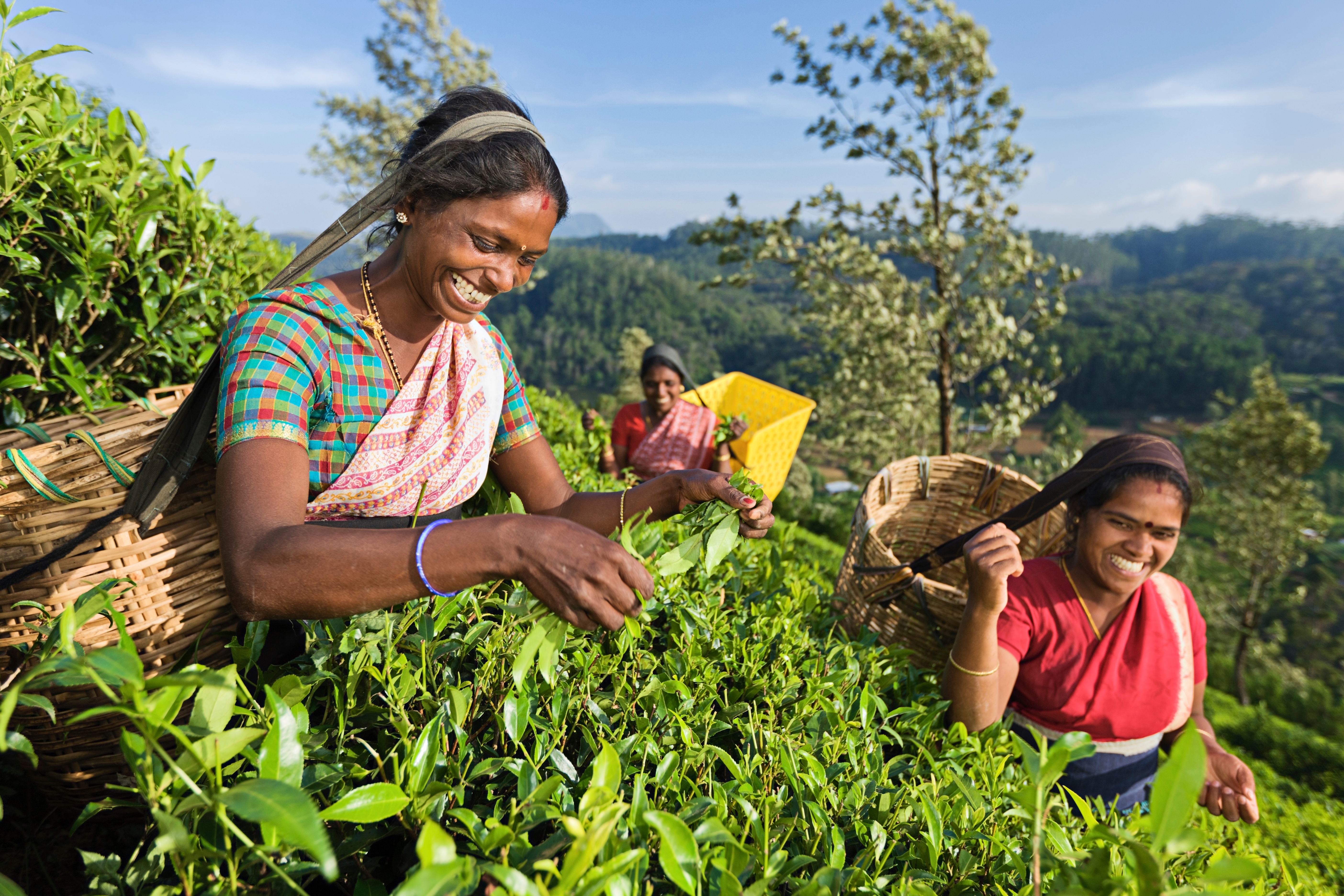
All lots of harvested leaves are precisely withered, the rolling, oxidation, fermentation and drying processes are performed by trained professionals so that only the best product is extracted.
In short, the best teas in the world are produced by the orthodox method.
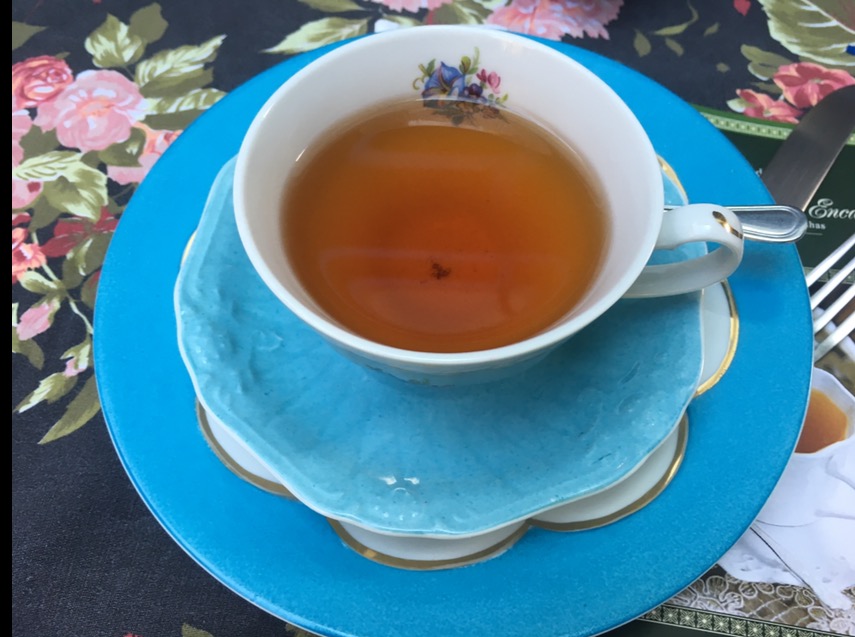
(It is important to bear in mind that tea is the only thing done with the Camellia Sinensis leaves)
Orthodox tea production
India is the second largest tea producer in the world, only falling behind China. And it is also the world’s largest black tea consumer market. The three best known Indian teas are Darjeeling, Assam and Nilgiri.
Orthodox teas from India are being consumed worldwide. Advantage Brics, and the Consulate General of India, held a meeting last February, Indian Tea – “A Cup for Every Mood” in São Paulo, whose main objective was to present information to the Brazilian market. Information on planting, cultivating and producing methods of the main Indian orthodox teas: Darjeeling, Assam, Nilgiri, Kangra, Munnar, Dooars-Terai and Masala Tea.
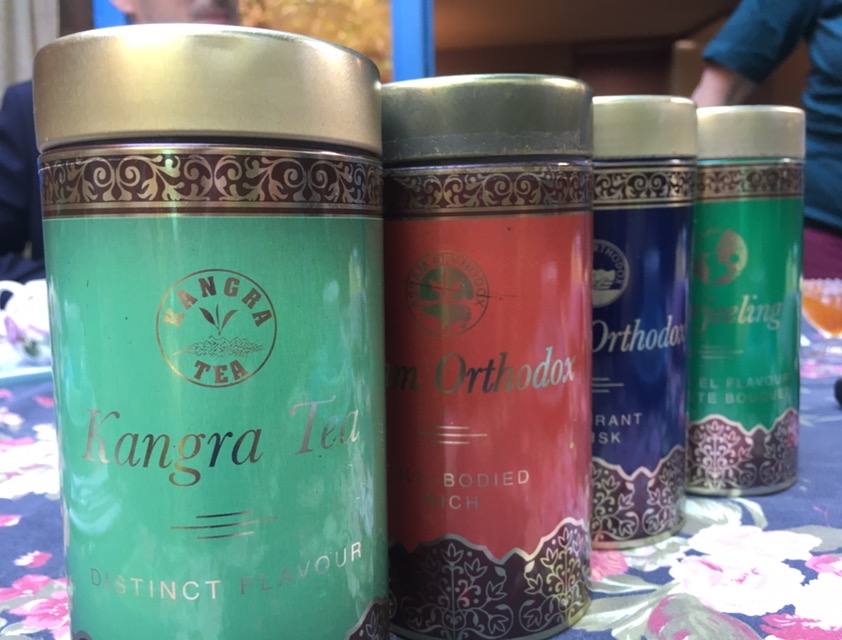
Where to buy
Teakettle is already marketing orthodox Indian teas. A 30-grams pack will cost R$ 38. The entrepreneur’s idea is to import 250-gram tea cans, which are easier to store.
Tasting
The first Indian Orthodox tea that Sylvia served us was a black tea, Amaya. “Tea is very connected to well-being, especially the black ones, because of its digestive properties. This type of tea really suits the Brazilian’s taste, even more than the green tea”, explains Sylvia.
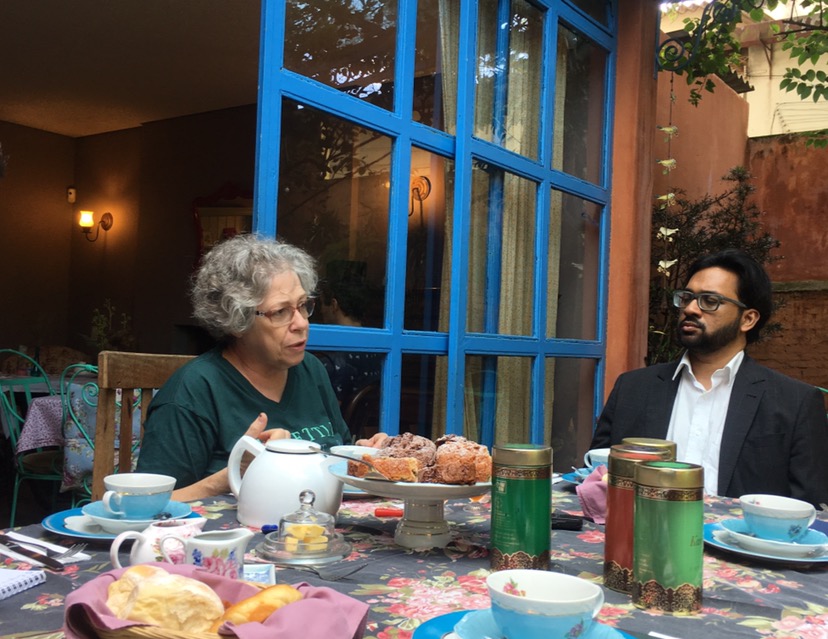
Assam tea
Assam is one of the states of India, it is located in the eastern region of the country, full of green and lush forests, with rolling plains, it is also where the Bramaputra river spring is, it is 2,900 km long and known as the home of single-horned rhinos, tigers, several bird species and one of the last habitats of Asian elephants. Assam is the birthplace of Assam’s teas.
Assam teas are known for their malty, intense, full-bodied features with a brownish copper glow. They are harvested in the world’s largest single and continuous tea growing area.
Assam has five distinct harvesting seasons. The first of them is in March, April, the so-called first harvest, whose result produces clear teas with green infusion.
The second harvest takes place in May and June. They result in superior teas with bright infusion and liquid. They are widely consumed in the United Kingdom, Ireland and Germany.
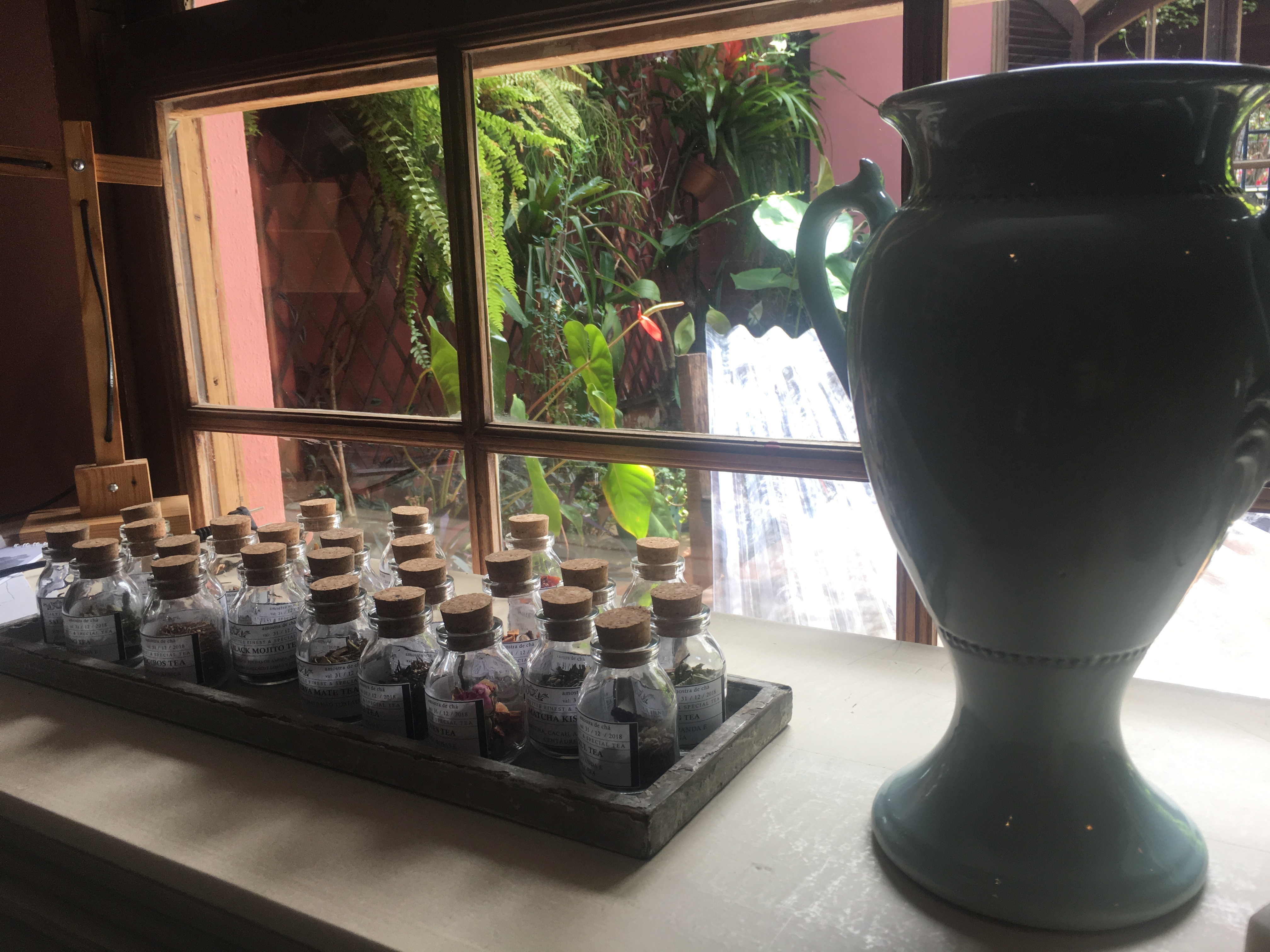
About 50% of the Assam crop is harvested between July, August and September, the rainy season. Teas tend to turn light and brown due to excessive moisture in the air.
From October to November 15 the autumn harvest takes place. The quality is above average. The best managed tea plantations have a desirable taste of autumn harvest, which is a unique feature in their tea.
The last harvest takes place between November 15 and December 15, it is the cold weather harvest.
Nilgiri tea
Nilgiri tea, according to the tea sommelier, is a more delicate, less intense, refreshing tea. It has a floral in the end that goes well with any snack.
Nilgiri teas are grown in the Blue Montains, with a mountain chain up to 2,000 meters high, in the southern Indian state of Tamil Nadu. It is gently scented, exquisitely aromatic with high tones of soft floral notes.
It is ideal for the preparation of iced teas, since they do not become turbid. A curious fact, its leaves are harvested throughout the year. The Orthodox Nilgiri was registered as Geographical Indication.

Darjeeling Tea
Darjeeling tea is the most sought-after tea in the world, considered the champagne of teas. No other can claim its unique “Moscatel-like” “flavor, unique aroma and exquisite bouquet.
Darjeeling is a district in West Bengal in the foothills of the Himalayas. It is here where the ideal altitude, perfect climate and correct amount of sun and rain, orchestrate a masterpiece called Darjeeling tea.
The fresh and humid climate, soil, rain and the sloping terrain combine to give the Darjeeling tea its unparalleled flavor. It is harvested four times a year, resulting in four varieties of Darjeeling tea.
It is planted in 87 fabulous gardens and, when infused, brings a soft coloration of lemon to intense amber. Its taste is complex and the residual taste is intense.
Kangra Tea
Kangra Tea is, of course, planted in Kangra, a small district in Himachal Pradesh, one of the northern states of India, in the corner of the Dhauladhar Mountain Range.
It is famous for its unique flavor with a flower-like fragrance with refreshing green notes.
Kangra tea is also registered as a geographical indication.
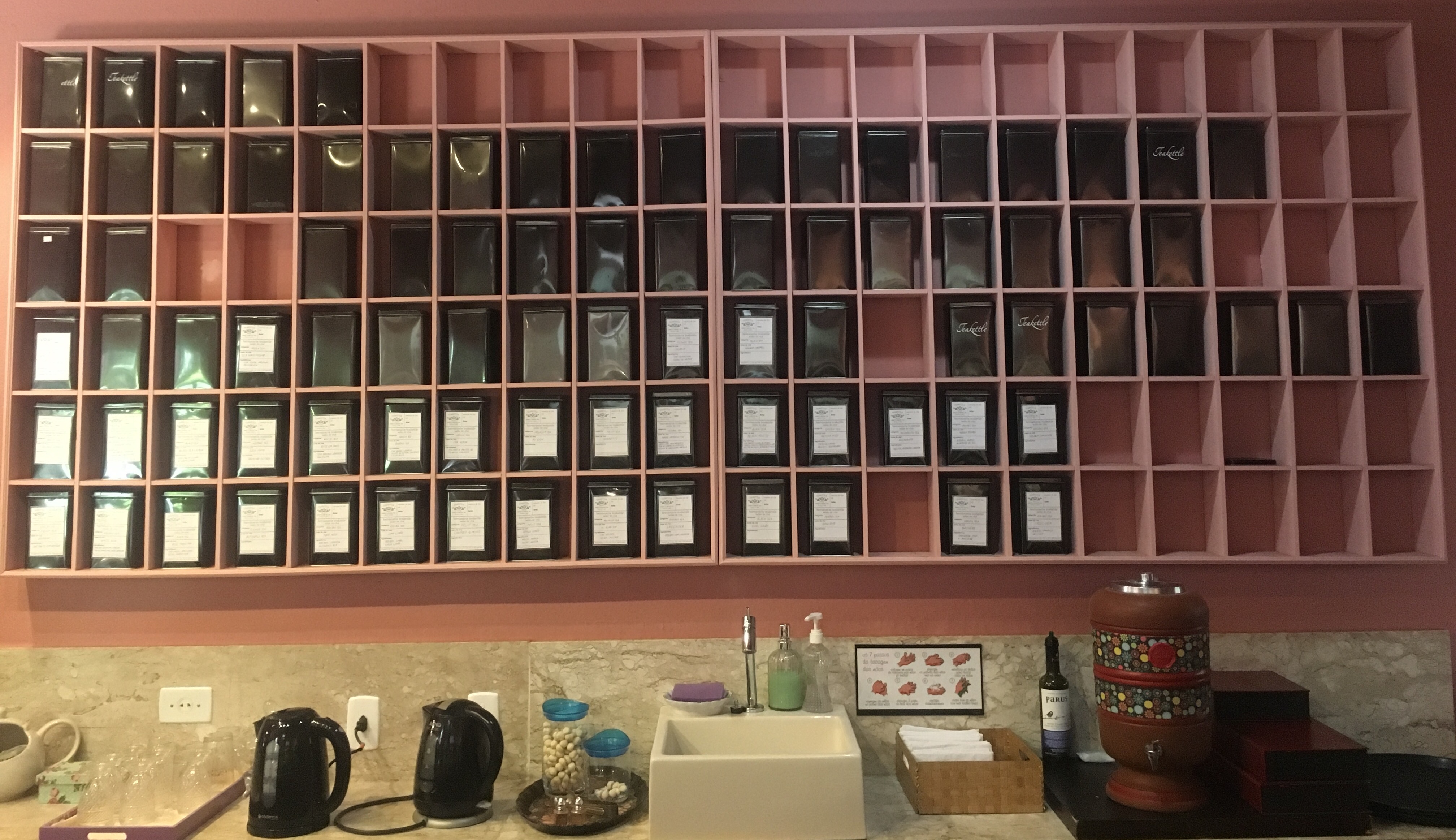
Munnar Tea
Munnar is located at the confluence of three streams originated from the Madrapuzha, Nallathanni and Kaundala mountains, this means heaven on earth and teahouse of Munnar.
Munnar’s high-rise teas bring a vivid, floral, lightweight tea cup that is renewed for the high-cultivation taste that comes from the High Mountains Range. They are full-bodied teas, a true taste of southern India.
Dooars-Terai Tea
In the foothills of the Himalayas, the Dooars-Terai region with its spectacular wildlife, winding rivers, rich fauna and flora is home to the famous Dooars-Terai tea.
Although not as intense as Assam tea, the teas in this region are known for their full-bodied and heavy liquids.
Masala Chai
Masala chai means tea with mixed spices. It is the most popular form of tea in India. It is a combination of Indian black tea, milk, ginger, cardamom, cinnamon, cloves and black pepper.
Originated in the Indian subcontinent, the drink gained worldwide popularity.
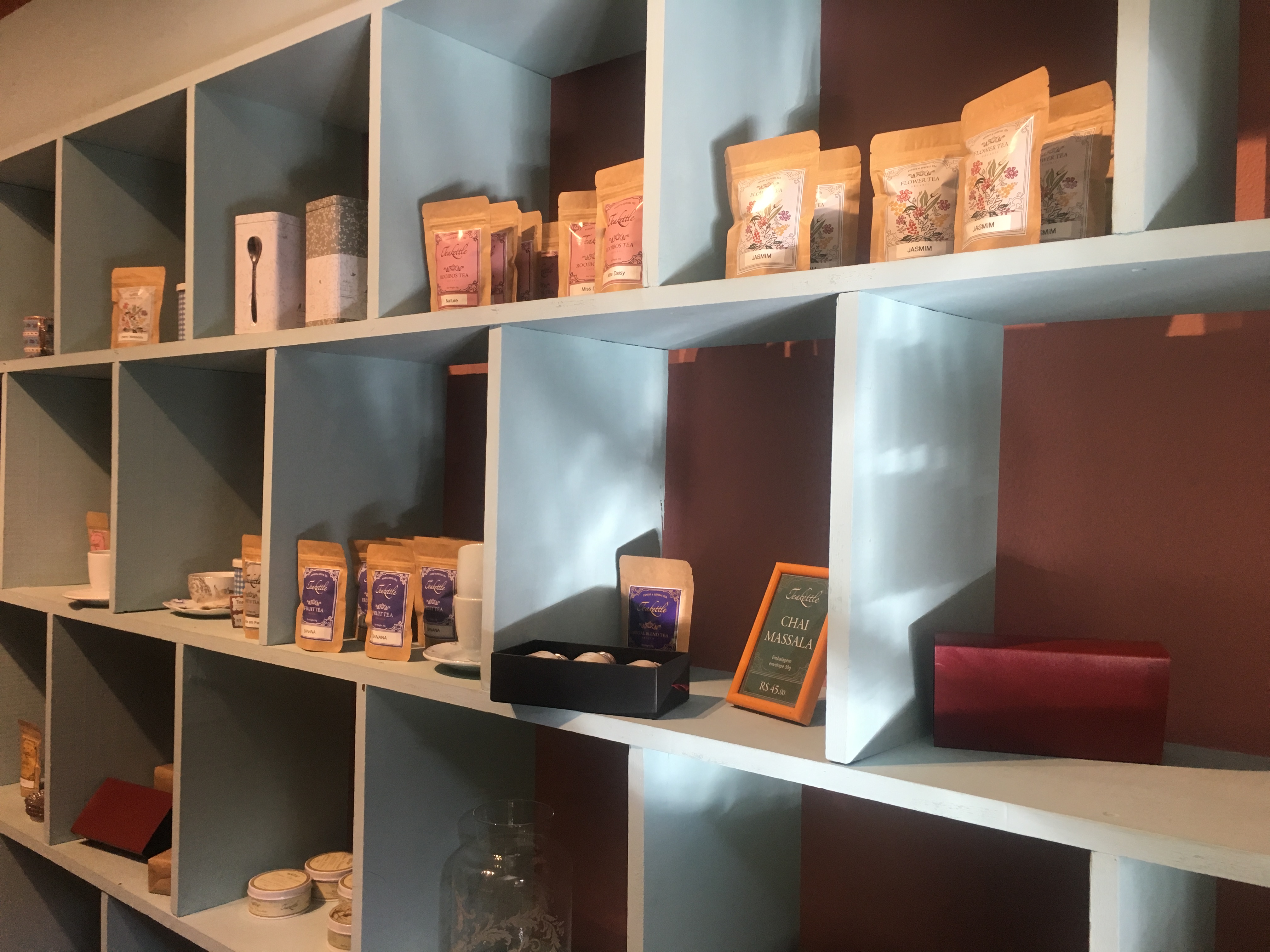
New business opportunities in the Advantage Brics’ radar
Alick Nilesh Barreto’s family is Indian from Goa, and his father, many years ago, was transferred to Dusseldorf, Germany. And from there, how they already knew the language (Goa was colonized by Portuguese), they came to Brazil to work in a steel company. Alick was born here, in Minas Gerais. The family returned to India and he remained here.
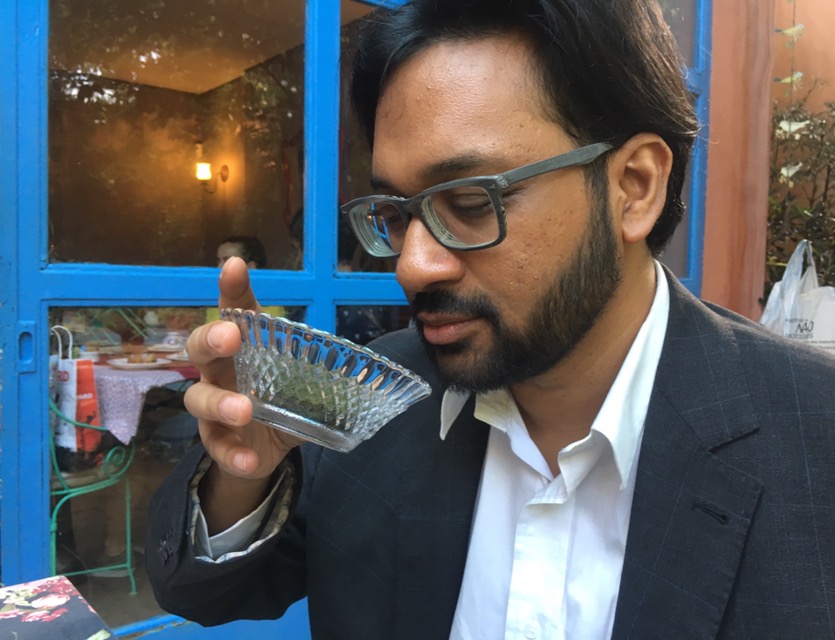
Alick told the Grão Especial that in the first half of 2019 he will set up the first unit of his stores franchise, the Do Indiano franchise. “Our proposal is to compete with the Japanese Daisu, which offers a multitude of products, most of which you do not even know you need, at very cheap prices. In India, we have a multitude of goods that, of course, Brazilians will love”. An opportunity to help and strengthen the consumption of Indian teas in Brazil, which, incidentally, has been growing significantly.
Tea market
According to the executive Victor Melão, the imported teas market in Brazil goes through a very interesting moment. In 2017, there was a growth of almost 50% in imports when compared to the previous year. It was the second largest volume of the decade, surpassed only by the year 2014, resulting in businesses accounting for approximately US$ 3.7 million.

India
India is the fourth-largest teas exporter in the world, reaching the mark of 232.92 kg of teas exported in 2015/16, and deals adding up to US$ 686.67 million.
Its main buyer, in terms of volume, is Russia with 48.23 million kg bought, followed by Iran with 22.13 million kg and Pakistan with 19.37 million kg.
In terms of money amounts, the main markets in the same period were Russia (US$ 102.48 million), Iran (US$ 87.39 million and the United Kingdom (US$ 62.8 million) Source: Tea Board of India
Largest Tea Producers in the World
- China
- India
- Kenya
- Sri Lanka
Largest consuming markets of teas in the world
- Russia
- Iran
- Pakistan




